Five traditional Persian ingredients and the alternatives you already have in your kitchen
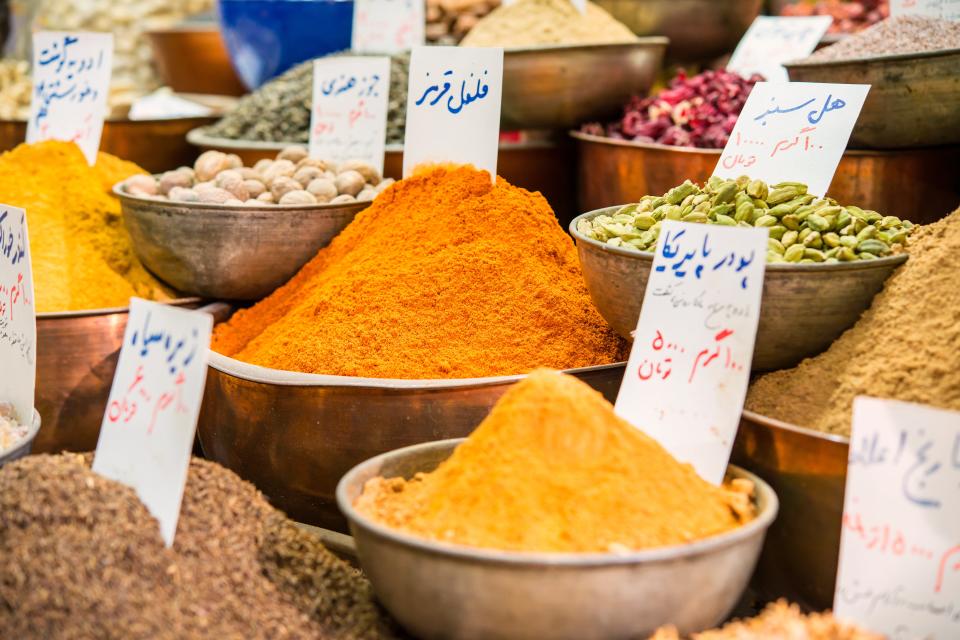
You’re probably familiar with most of the base spices in Iranian cuisine already
(Getty/iStock)If you’re keen to try your hand at Iranian cuisine but your cupboard’s fresh out of the likes of reshteh (Persian noodles) and advieh (a Persian spice mix), fear not as there are few alternative – and easy to find or make – ingredients that you can sub in.
The good news is that if you’ve got some turmeric and onions, you’ve already got the foundation for a solid khoresh (stew). The rest of the flavour in Iranian food comes from other spices such as saffron and sumac.
However, there are a few dishes that require more specific ingredients. You should be able to find these easily in a Persian supermarket or online websites that sell specialist ingredients, such as Melbury & Appleton and Persepolis.
Read more:
If you don’t live near a Persian supermarket, though, or you’re not ready to invest in a cupboard full of new spices you might never use again, here are five alternatives to the most traditional Persian ingredients so you can get started.
Reshteh
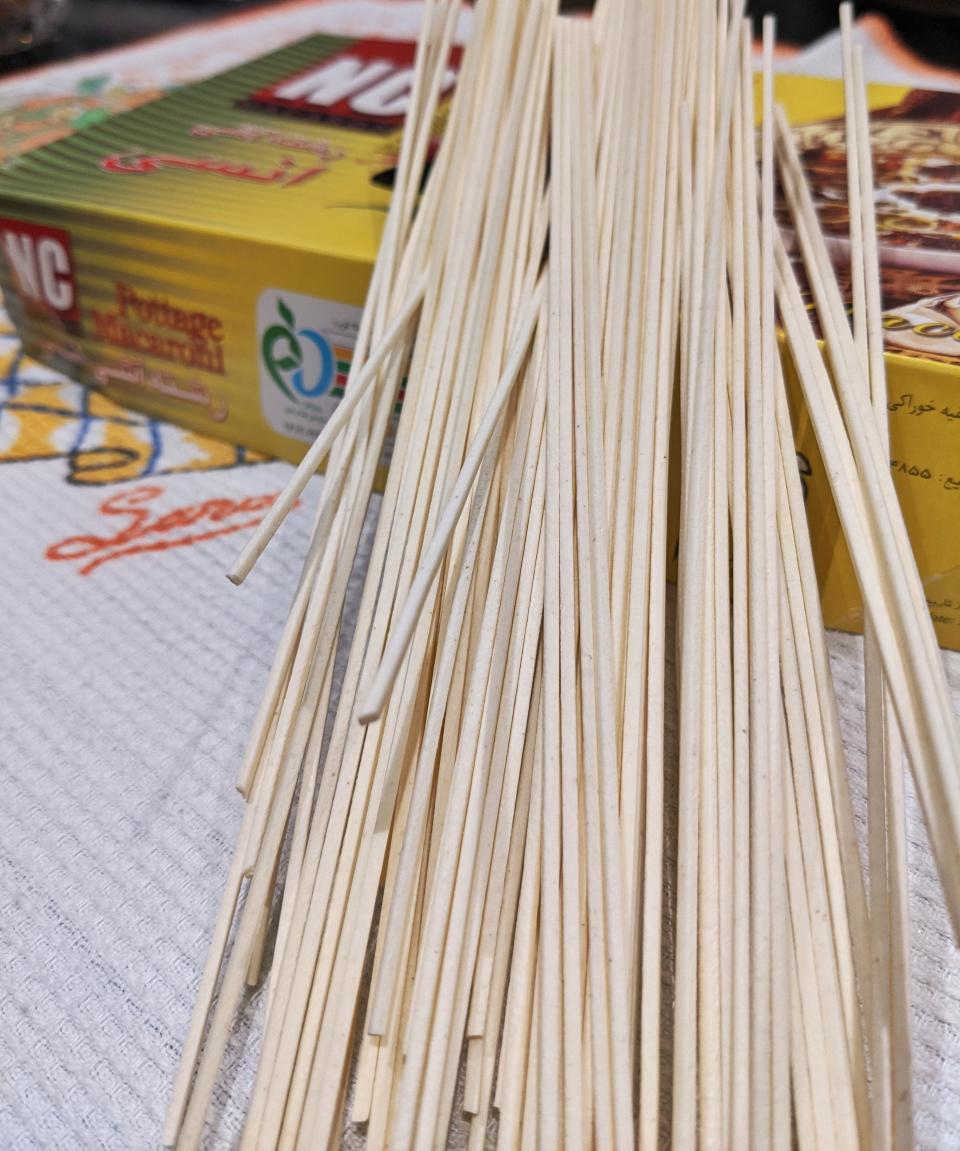
What is it?
Reshteh is the Persian word for “noodle”. Traditionally wholewheat, they are produced in a similar way to any other noodle or pasta.
What is it used for?
Ash-e reshteh is a type of traditional Persian soup that features a lot of fresh herbs and greens. You can enjoy “ash” in a variety of ways – there are over 50 varieties in Persian cuisine – but ash-e reshteh (more popular) contains noodles. It’s a more traditional variation of the soup, served at Nowruz (Iranian New Year), and originally used noodles to symbolise good fortune for the new year.
Reshteh polo is another traditional dish served at Nowruz. Again, the noodles represent new threads of life. In this dish, the reshteh is broken up and fried or grilled until brown, before being added to the rice.
Most Persian shops will sell different versions depending on which dish you’re planning to cook.
The substitute?
Spaghetti or regular noodles will do the same job as reshteh. If you want to be as close to the original as possible, opt for wholewheat noodles, spaghetti or linguine.
Advieh

What is it?
Advieh is a Persian spice mix – full of everything you might have on your own spice rack. You can buy it pre-mixed from Persian supermarkets or online. Our own version of “five-spice”, if you will, it’s made up of turmeric, cinnamon, nutmeg, black pepper, coriander and sesame. Some variations also include saffron. If your blend is specifically for rice, it will also include rose petals or buds.
What is it used for?
Everything. Well, almost.
Often added when you add turmeric or saffron, advieh is a staple in a Persian kitchen cupboard. Used in almost every dish, it’s an essential ingredient if you plan on taking on dishes in this cuisine.
The substitute?
You might find that you have the spices in your cupboard already, so you could blend them yourself.
The measurements for advieh are as follows:
4tbsp ground coriander
1tbsp ground cinnamon
4tsp ground cumin
2tsp ground cardamom
1tsp ground nutmeg
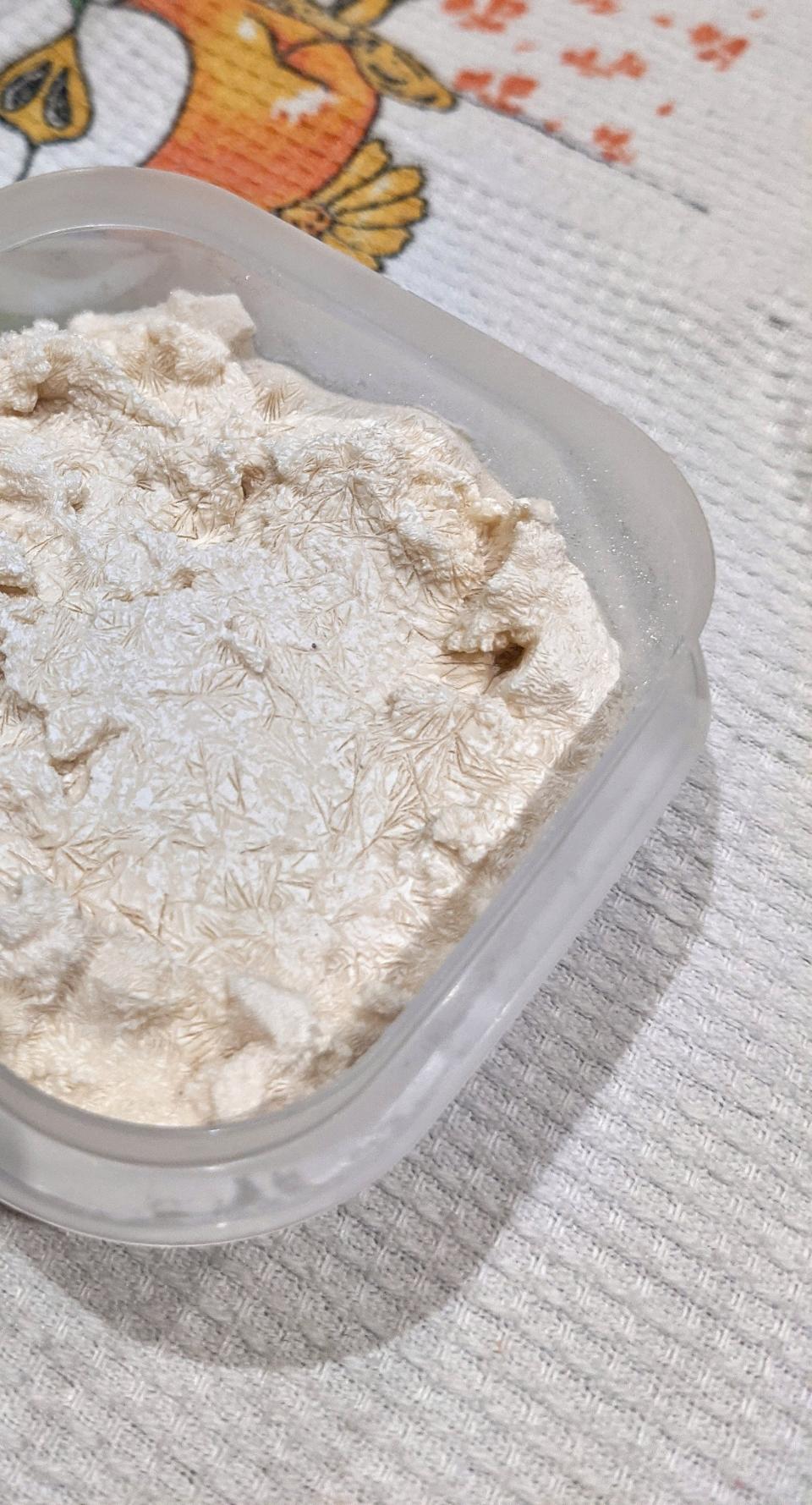
This is for the standard advieh used in khoresh – you can also add bay leaves and turmeric, but recipes depend on personal taste too. There is also advieh specifically for rice, which contains ground rose petals – although, again, recipes vary and many online versions suggest using rose petals for all advieh.
Kashk
What is it?
Kashk is made from wheat or barley, mixed with sour milk or yoghurt. A staple in any Iranian diet, it is available in liquid or dried form. If using dried, the kashk needs to be soaked to fully soften before being used in cooking. Kashk can also be frozen, as pictured.
What is it used for?
Kashk is most popularly used in ash-e reshteh, as well as another much-loved dish called kashk-e bademjan (kashk and aubergine).
The substitute?
You might not get that exact tart flavour but you could definitely get away with using yoghurt. With ash-e reshteh, especially, it depends on preference as to whether you mix the kashk in with the soup or pour it on top, for decoration.
Limoo Amani
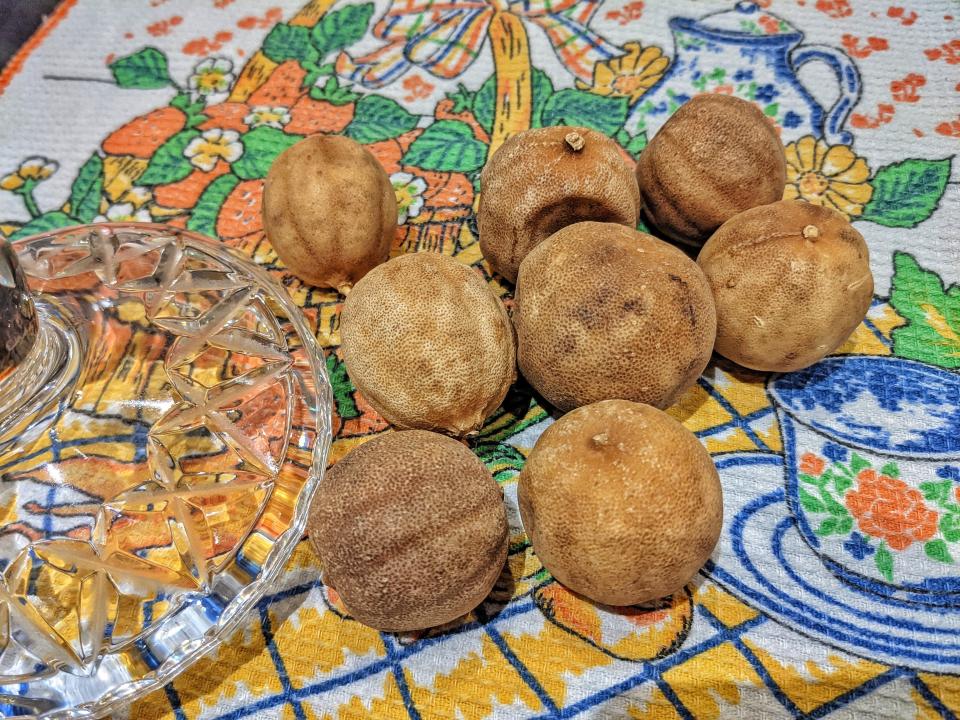
What is it?
Limoo amani are dried limes that are often used in a variety of Persian stews to add a tangy flavour to the dish.
What is it used for?
Many khoresh dishes use them – for example, ghormeh sabzi (herb stew), abgoosht (meat broth stew) and gheymeh (lamb stew with split peas). Limoo amani are also used in some Iranian soups.
The substitute?
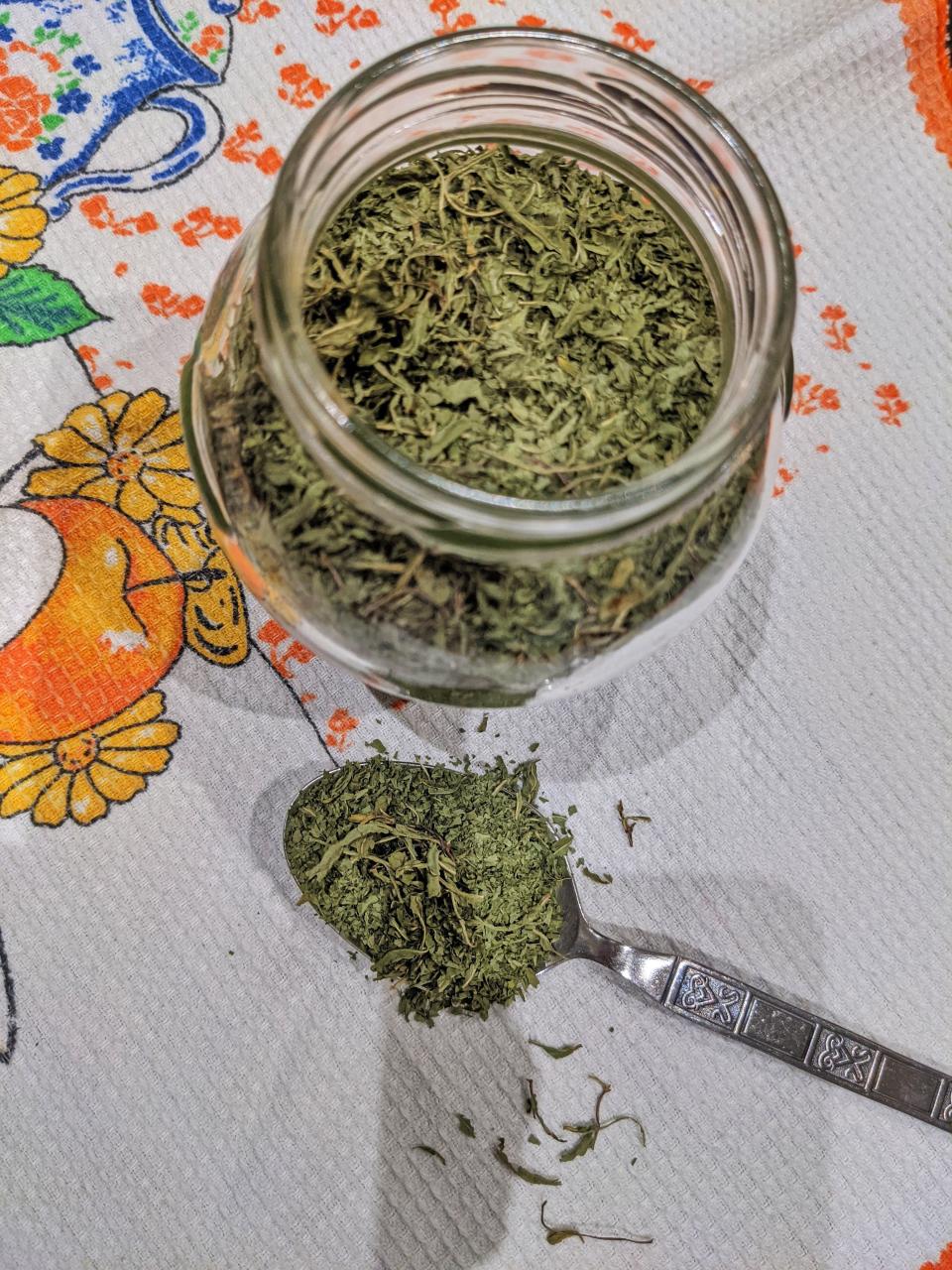
Although not quite the same in taste and aesthetic, adding fresh lime juice will ensure the dish maintains that sour flavour and still tastes great. You could also use lemon juice if you didn’t have lime but that might result in a sweeter flavour.
Marzeh
What is it?
Marzeh is what we call summer savoury. The dried version of this savoury herb is used to add a spicy and minty flavour to dishes.
What is it used for?
It can be used in both fresh and dry capacities and is a staple when cooking koofteh tabrizi (meatballs with split peas), dolmeh barg (stuffed vine leaves with meat) and abdoogh khiar (cold cucumber yoghurt soup).
The substitute?
Summer savoury is not widely available at supermarkets so either a combination of dried thyme and sage or thyme and mint would make a great alternative. You can also work oregano and basil into the mix if you feel like experimenting.
Read More
Greensill: ‘All decisions taken by the bank were made independently’, minister says
What is the future of fish and chips if we don’t protect oceans?

 Yahoo Finance
Yahoo Finance 